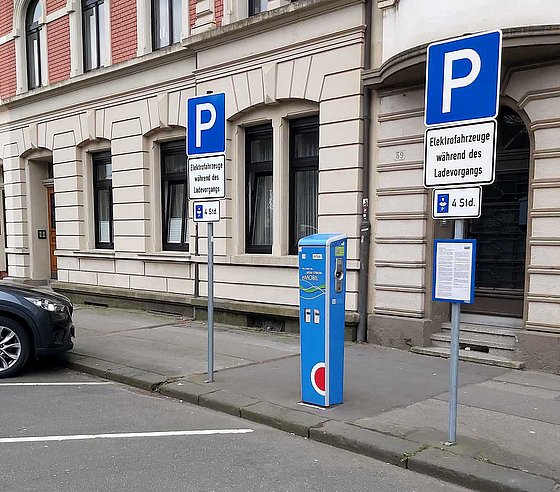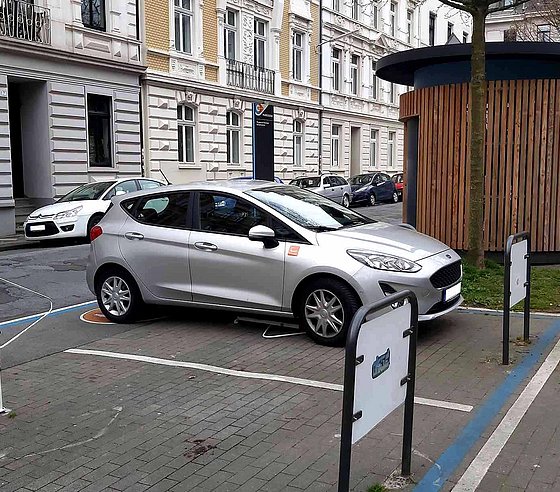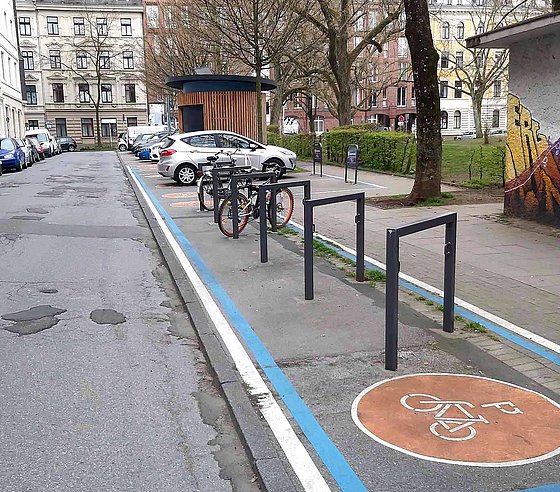Urban mobility
Mobility, in a transportation sense, is a “complex process in area” that starts at an origin, can have different destinations linked to specific activities and can involve different modes of transportation.
With the construction of (residential) buildings and their subsequent use, source and destination traffic is usually caused. In existing urban districts, the problems are particularly prominent due to the continuously increasing traffic volumes and the shortage of space. Therefore, there is an urgent need to develop different and new concepts for ensuring mobility, increasing the quality of life in these districts and enabling the urgently needed urban mobility transition.
Mobility concepts at the district level can include measures that strengthen the eco mobility of public transport, walking and cycling making it more attractive, while at the same time securing the mobility of the district residents. The options for possible actions in the field of mobility for house builder should therefore not be limited to parking spaces, garages, bicycle parking spaces, but should also consider the integration of the surroundings and, above all, integrate the means of transportation of the eco mobility. This can result in overlapping and synergies between the district, building and mobility levels of action.
Further impulses arise from the transformation of the transport and energy sector on the basis of renewable energy systems. Together with the changes in energy supply to buildings, these fields can and must consider in an integrated manner (sector coupling).
For the first time, in the SDE 21/22, “Urban Mobility” is listed as an independent discipline and contributes with 8% to the results of the competition. The goal is to create a mobility concept that considers the needs of the district residents and reduces car traffic or offers a mobility solution that reduces the carbon footprint.

© SDE 21/22

© SDE 21/22

© SDE 21/22
Further reading
- Steierwald, Gerd; Künne, Hans Dieter; Vogt, Walter (Hrsg.) (2005): Stadtverkehrsplanung, Springer Verlag Berlin Heidelberg, S. 9
- SRU – Sachverständigenrat für Umweltfragen (2020): Quartiersebene als Infrastrukturverbund —Klimaschutzpotenziale und Synergien mit dem Umweltschutz. Studie. Berlin. Online abrufbar unter: https://www.umweltrat.de/SharedDocs/Downloads/DE/03_Materialien/2016_2020/2020_05_Studie_Quartiersebene_Infrastrukturverbund.pdf?__blob=publicationFile&v=3, abgerufen am 09.02.2021, S. 5
- Vgl. ebd., S. 3
- Vgl. Rules SDE21, S. 52f.: https://building-competition.org/file/5b432774b6c70e09e15e24ce/20ca13b5afd18975d34d9a81b31965ff92d41829155883db1023f5f73fdc5da6, abgerufen am 01.12.2020
